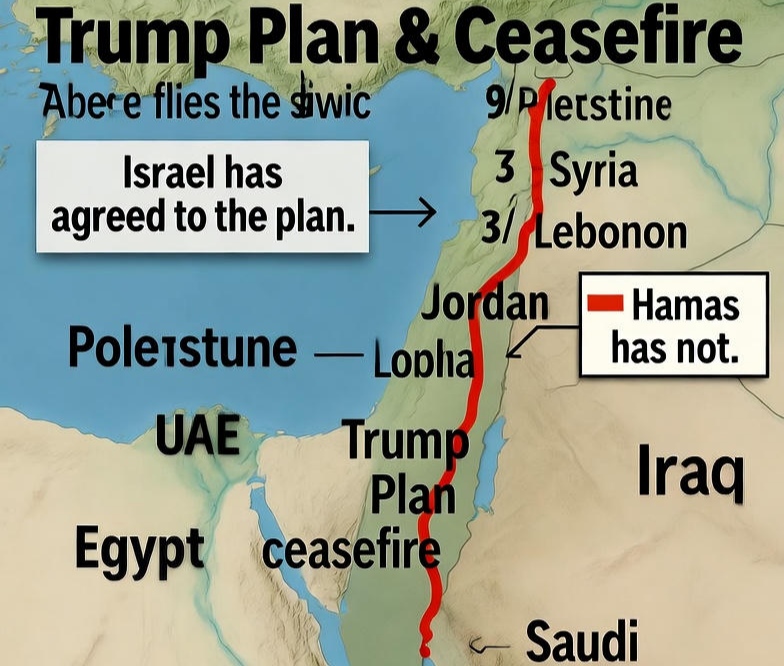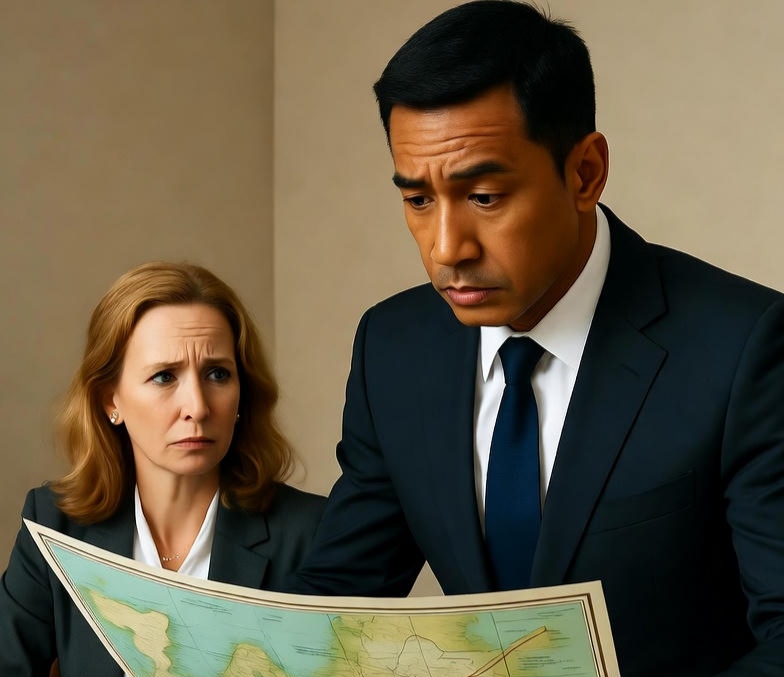 Najmuddin A Farooqi.
Najmuddin A Farooqi.Listening to opposing voices often sounds more analytical and intelligent, but truth and wisdom are not the sole property of dissenters. The recent developments surrounding former U.S. President Donald Trump’s ceasefire plan in the Middle East demonstrate this dynamic clearly. When Trump first announced his initiative, speculation spread rapidly critics questioned not only its credibility but also whether it would deepen the region’s long-standing volatility.
Yet, as the first phase of the ceasefire was successfully implemented, the tone of criticism evolved. Detractors argued that the Trump administration was historically too close to the Israeli Zionist lobby and that the unfolding peace efforts were merely political theatre a carefully staged performance designed to buy time and lull the Palestinian side into complacency. Many skeptics insisted that neither the United States nor Israel would ever truly empower either Hamas or the Palestinian Authority and thus, the plan would ultimately derail any possibility of a genuine two-state solution.

However, when viewed through a broader lens, recent regional developments tell a more complex story. Without revisiting every historical detail of the Middle East conflict, one can begin by looking at Trump’s visit to several key Middle Eastern nations in May this year. It was not merely a diplomatic tour; rather, it reflected a clear urgency and determination to engage directly with regional leaders. Those meetings, in hindsight, carried the seeds of the current peace framework.
Trump has always been conscious of his public image and his desire to claim ownership of major diplomatic achievements. His ambition to broker peace in the Middle East especially through engagement with Arab and Muslim nations was consistent with his earlier strategies. His outreach included notable interactions with leaders such as the President of Türkiye, as well as public praise for Pakistan’s leadership and military command. These gestures were part of a broader effort to build bridges across the Muslim world while projecting the image of a global peacemaker.
Amid these political maneuvers, the international community also played a pivotal role. The United Nations maintained firm support for a permanent ceasefire, urging all parties to take concrete steps toward sustainable peace. Meanwhile, diplomatic activity intensified in Europe and the Arab world. France and Saudi Arabia jointly hosted high-level meetings that culminated in a landmark moment: over 150 nations formally endorsed the recognition of Palestine as a sovereign, independent state in accordance with the Geneva Conventions.
This wave of global recognition significantly reshaped the diplomatic landscape. It marked a clear shift from symbolic rhetoric to tangible international consensus on Palestinian statehood. Against this backdrop, Trump’s move to reinforce the Abraham Accords further consolidated his Middle East legacy. These accords, originally designed to normalize relations between Israel and several Arab nations, took on renewed significance as part of a broader peace framework that at least temporarily lowered tensions in one of the world’s most volatile regions.
While skepticism toward Trump’s motives and alliances remains valid, the cumulative outcome of recent events cannot be dismissed as mere theatrics. Whether driven by strategic calculation, personal ambition, or genuine intent, the ceasefire plan and its related diplomatic efforts have undeniably reshaped regional politics. The momentum can endure long enough to move the region closer to a just and lasting peace in middle east.



